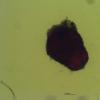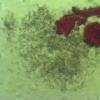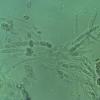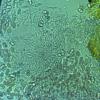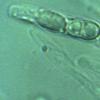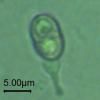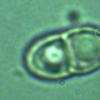
26-03-2016 09:35
 Angel Pintos
Angel Pintos
Ascoma de color rojo en grupos.En KOH se vuelve m�

24-03-2016 07:10
 Christopher Engelhardt
Christopher Engelhardt
Time and again I struggle with these Ascobolus on

23-03-2016 16:04
Joey JTanI regrettably did a poor job characterizing this s

06-01-2014 13:03
Dieter SlosHi everyone!Can someone help to identify this fung

23-03-2016 11:23
Found in forest with Quercus ilex and Pinus halepe

17-03-2016 15:32
 Alessio Pierotti
Alessio Pierotti
A little off topic: someone has access to the jour
